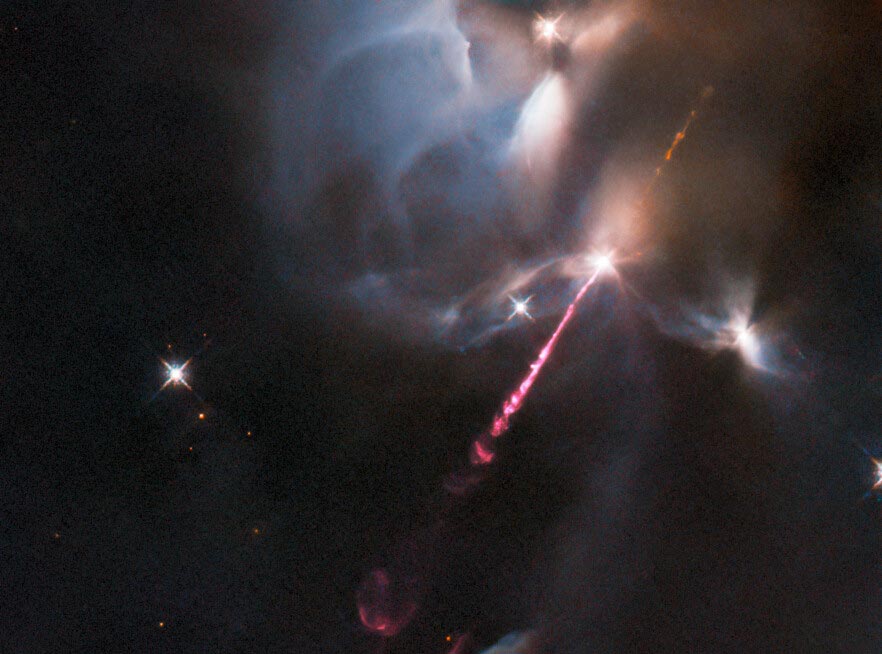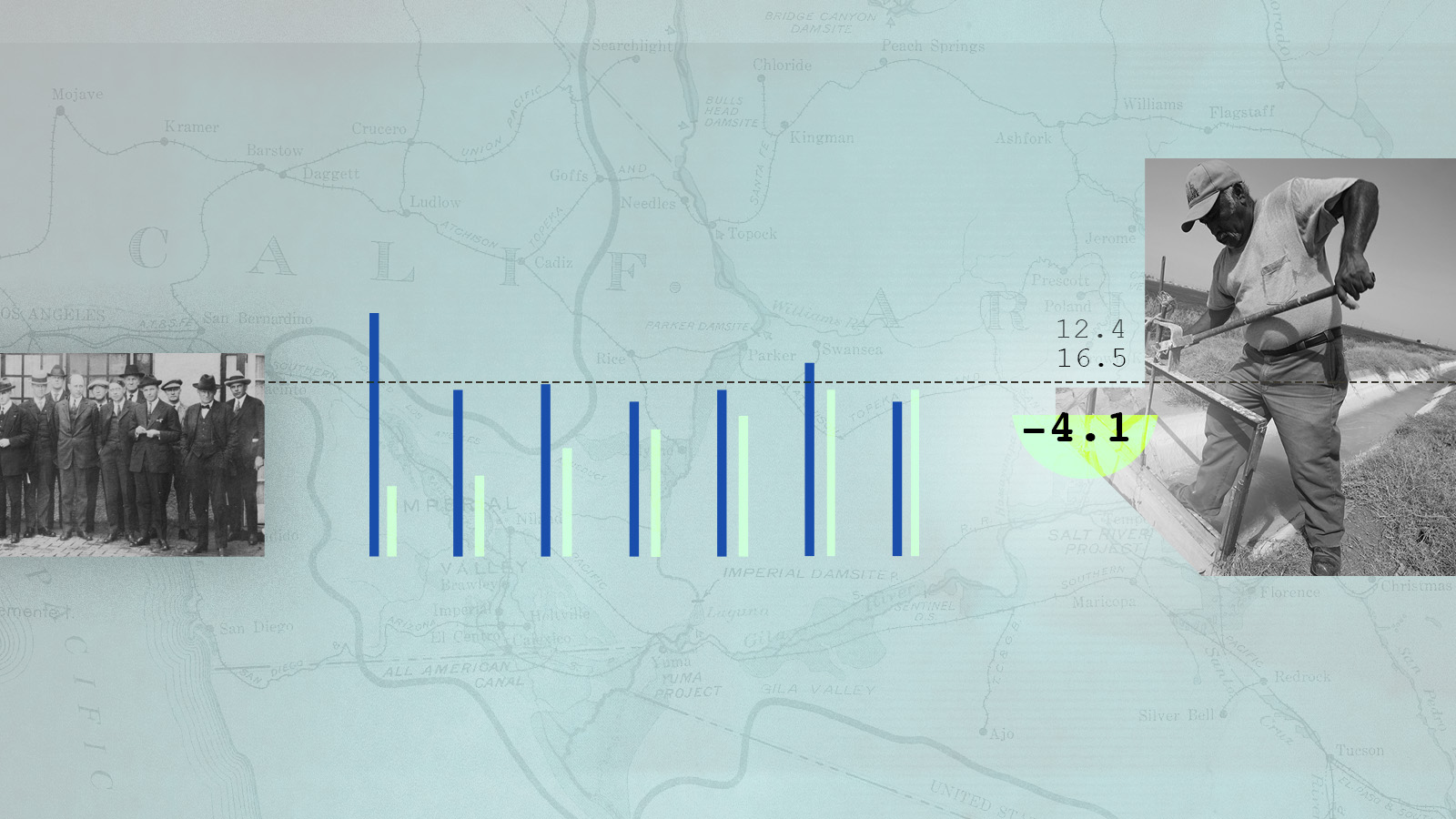
(Image credit: NASA)
Astronauts on the International Space Station (ISS) captured stunning views of February’s Full Snow Moon this week.
Full moons occur when the moon is on the opposite side of the Earth from the sun, which happens roughly every 29.5 days. The Full Snow Moon arrived on Wednesday (Feb. 16) at 11:57 a.m. EST (0457 GMT), offering striking views from Earth and space.
NASA astronaut Mark Vande Hei shared a photo of the full moon from his vantage point on the ISS. The moon peeks over Earth’s horizon, shining bright against the dark backdrop of space.
Related: Full moon calendar 2022
Shockingly bright as I opened our shades, the Moon lingered, strutting by. Lots of time to find good camera settings! Soon we’ll be exploring our neighbor again. pic.twitter.com/iHikzSiwAmFebruary 16, 2022
See more
“Shockingly bright as I opened our shades, the moon lingered, strutting by,” Vande Hei wrote on Twitter. “Lots of time to find good camera settings! Soon we’ll be exploring our neighbor again.”
Astronauts on the orbiting lab were also treated to breathtaking views of Earth’s natural satellite in the days leading up to it reaching peak fullness. On Feb. 15, the moon was photographed above the Red Sea. This view was captured as the ISS orbited 257 miles (414 kilometers) above the Nile River in the African nation of Sudan.
Valentine’s Day brought a sweet view of the waxing gibbous moon on Feb. 14. Astronauts saw the moon rise above Earth’s horizon, as the space station orbited 261 miles (420 km) above the Pacific Ocean, off the coast of British Columbia, Canada.

Wednesday’s full moon was accompanied by Mercury, Venus and Mars in the morning sky. The full moon occurred on the same day Mercury reached its greatest distance, or elongation, west of the sun.
Commonly referred to as the Snow Moon, the full moon of February has a few other nicknames, including the Bear Moon, the Great Moon, the Black Bear Moon and the Goose moon.
Editor’s note: If you snapped an amazing photo of the full moon or any other night-sky sight and you’d like to share it with Space.com for a story or image gallery, send images, comments and location information spacephotos@space.com.
Follow Samantha Mathewson @Sam_Ashley13. Follow us on Twitter @Spacedotcom and on Facebook.
Join our Space Forums to keep talking space on the latest missions, night sky and more! And if you have a news tip, correction or comment, let us know at: community@space.com.
Samantha Mathewson joined Space.com as an intern in the summer of 2016. She received a B.A. in Journalism and Environmental Science at the University of New Haven, in Connecticut. Previously, her work has been published in Nature World News. When not writing or reading about science, Samantha enjoys traveling to new places and taking photos! You can follow her on Twitter @Sam_Ashley13.
Note: This article have been indexed to our site. We do not claim legitimacy, ownership or copyright of any of the content above. To see the article at original source Click Here










:max_bytes(150000):strip_icc()/4Aikinsitu6-f55d026b416b4a82b8c9597d42d9472f.jpg)


